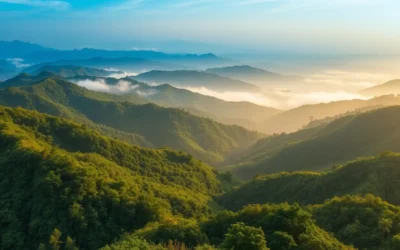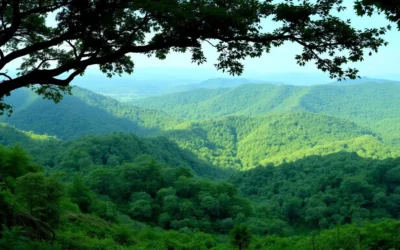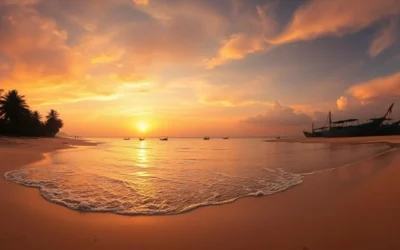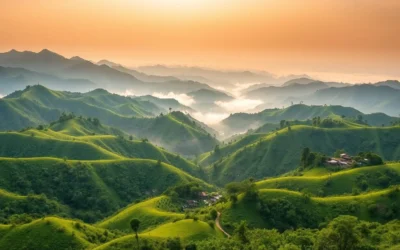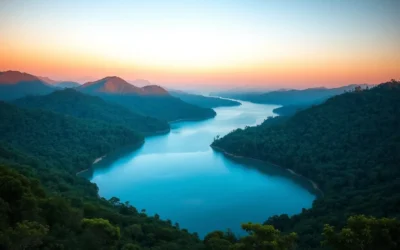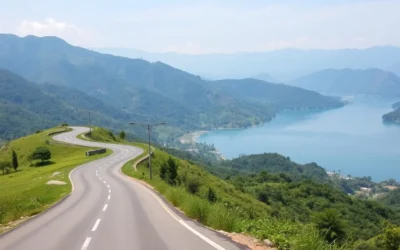✓ Accommodations✓ Flights✓ Rental Cars
Overview of Dumlong Range
Dumlong Range is located in the Bilaichhari Upazila of Rangamati district in southeastern Bangladesh. As part of the larger Rentlang Range, it forms a crucial section of the Chittagong Hill Tracts, an area known for its diverse topography and cultural heritage. The peak rises to approximately 3,316 feet (1,010 meters), making it the third-highest mountain in Bangladesh.
What makes Dumlong truly special is its pristine natural environment. The mountain is covered with dense bamboo forests, tropical vegetation, and is home to numerous species of birds and wildlife. The area is also culturally significant, with several indigenous communities living in the surrounding valleys and foothills.
Ready to Explore Dumlong Range?
Start planning your adventure today with our trusted travel partners.
Getting to Dumlong Range
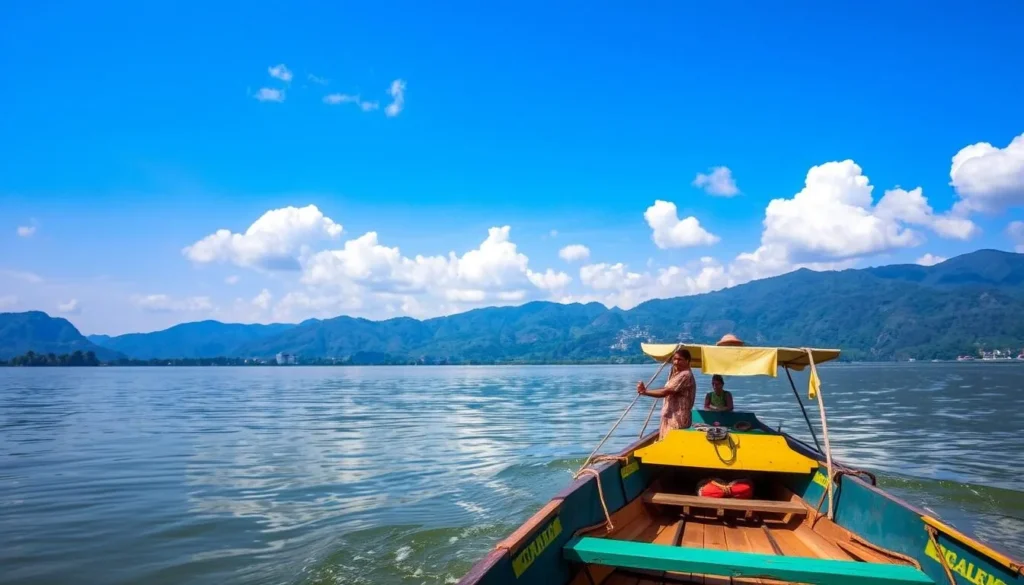
Reaching Dumlong Range requires some planning and preparation. The journey typically involves multiple stages of transportation and can take 1-2 days depending on your starting point.
Step-by-Step Route
- First, travel to Chittagong city by air or road from Dhaka (the capital of Bangladesh)
- From Chittagong, take a bus to Rangamati town (approximately 3-4 hours)
- From Rangamati, you’ll need to reach Bilaichhari Upazila by boat across Kaptai Lake
- From Bilaichhari, hire a local guide and begin your trek to Dumlong Range
Alternatively, some trekkers prefer to approach Dumlong from Bandarban district via Ruma Bazar, which offers a different but equally challenging route.
Travel Tip: The journey to Dumlong Range involves remote areas where transportation can be irregular. Allow extra time in your schedule for unexpected delays.
For international travelers, the most convenient entry point is Hazrat Shahjalal International Airport in Dhaka. From there, you can take a domestic flight to Chittagong or travel by road.
Start Your Journey to Dumlong Range
Find the best flight deals to Bangladesh and begin your adventure.
Best Time to Visit Dumlong Range
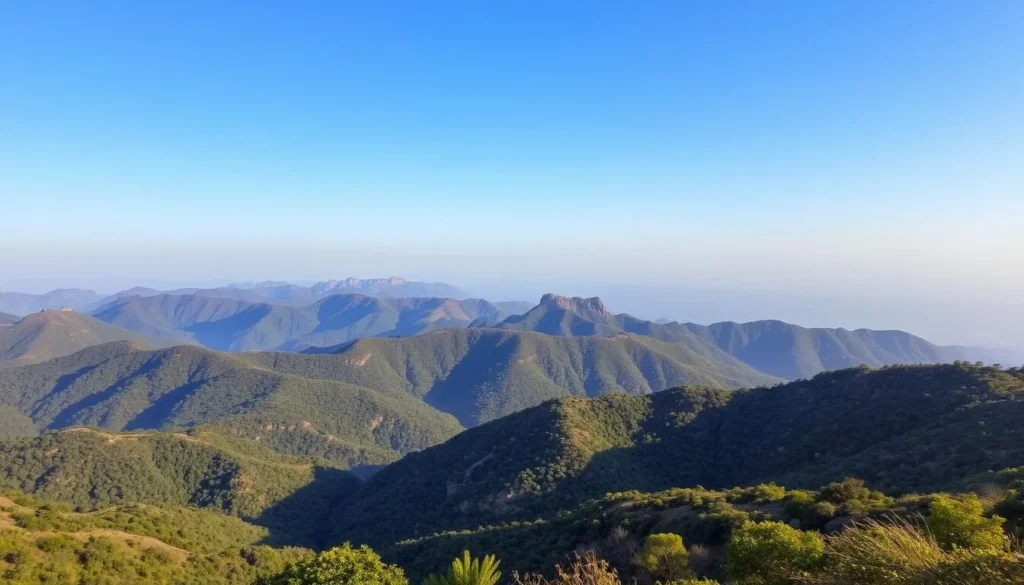
The climate in the Chittagong Hill Tracts region is subtropical, with distinct wet and dry seasons that significantly impact trekking conditions.
Seasonal Considerations
| Season | Months | Conditions | Recommendation |
| Dry Season | November – February | Clear skies, moderate temperatures (15-25°C), minimal rainfall | Highly Recommended – Best visibility and trekking conditions |
| Hot Season | March – May | Hot and humid (25-35°C), occasional pre-monsoon showers | Moderate – Challenging due to heat but still possible |
| Monsoon | June – October | Heavy rainfall, slippery trails, limited visibility, risk of landslides | Not Recommended – Dangerous trekking conditions |
The ideal time to visit Dumlong Range is during the dry season from November to February. During these months, the weather is pleasant with clear skies, offering spectacular views from the summit. The trails are also drier and safer to navigate.
Important: Avoid trekking during the monsoon season (June-October) as heavy rainfall makes the trails extremely slippery and dangerous. There’s also a high risk of flash floods and landslides during this period.
Permits and Preparation

Visiting the Chittagong Hill Tracts region, including Dumlong Range, requires special permits and careful preparation due to its remote location and restricted status.
Required Permits
Foreign nationals need to obtain a Chittagong Hill Tracts (CHT) permit from the Ministry of Home Affairs in Dhaka or from the District Commissioner’s office in Rangamati or Bandarban. This process typically takes 7-10 days, so plan accordingly. Bangladeshi citizens also need to register with local authorities before trekking in the region.
Essential Packing List
Trekking Essentials
- Sturdy hiking boots with ankle support
- Lightweight, moisture-wicking clothing
- Rain jacket and waterproof cover for backpack
- Hat, sunglasses, and sunscreen
- First aid kit with personal medications
- Insect repellent (preferably with DEET)
Other Necessities
- Water purification tablets or filter
- Headlamp or flashlight with extra batteries
- Power bank for charging devices
- Local currency (small denominations)
- Photocopies of important documents
- Basic toiletries and personal hygiene items
“Preparation is key when trekking to Dumlong. The mountain may not be the highest, but its remote location and limited infrastructure make it a serious undertaking.”
Prepare for Your Adventure
Book your accommodations in Rangamati or Bandarban to start your journey to Dumlong Range.
Trekking Routes to Dumlong Range
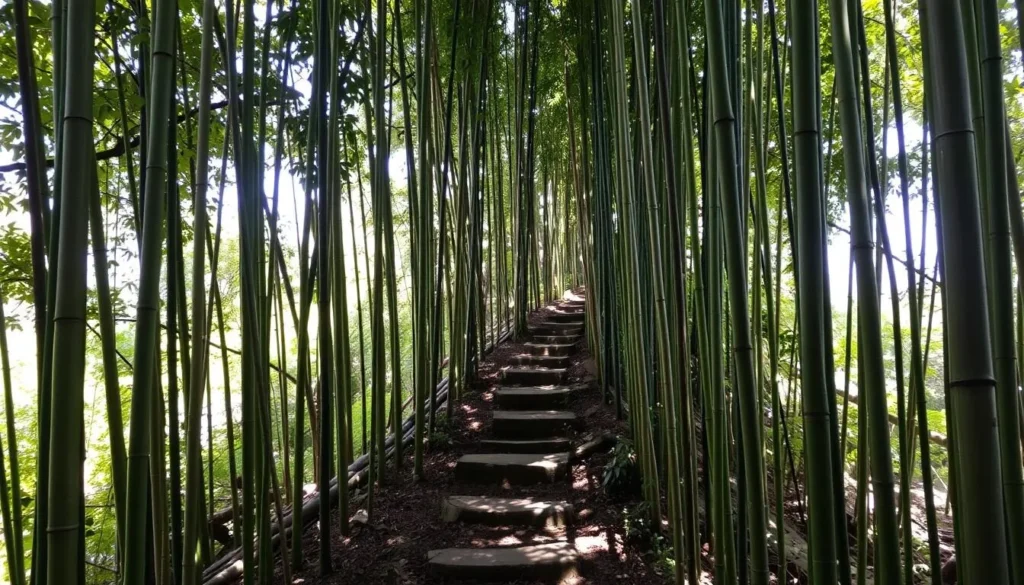
There are two main approaches to reach Dumlong Range, each offering unique landscapes and challenges. Both routes require 2-3 days of trekking, depending on your pace and fitness level.
Route 1: Via Bilaichhari (Traditional Route)
This is the most direct route to Dumlong Range, starting from Bilaichhari Upazila in Rangamati district.
- Begin your trek from Bilaichhari Bazaar, heading east toward the foothills
- Trek through dense bamboo forests and cross several small streams
- Camp overnight at a local village or suitable clearing
- Continue ascending through increasingly steep terrain on day two
- Reach the base of Dumlong peak by afternoon
- Make the final ascent to the summit (approximately 2-3 hours)
Route 2: Via Ruma Bazar (Scenic Route)
This alternative route approaches Dumlong from Bandarban district, offering views of other notable peaks like Maithaizama.
- Start from Ruma Bazar in Bandarban district
- Trek northeast through tribal villages and terraced hillsides
- Pass by Maithaizama Hill (the unofficial sixth-highest peak in Bangladesh)
- Camp overnight at a suitable location
- Continue toward Dumlong Range on day two, crossing the district boundary
- Make the final ascent to Dumlong peak
Local Insight: The Ruma Bazar route is slightly longer but offers more diverse landscapes and cultural experiences, including interactions with different indigenous communities.
Where to Stay

Accommodation options around Dumlong Range are limited and basic, reflecting the remote nature of the region. Most trekkers will experience a combination of town hotels and village homestays during their journey.
Base Towns: Rangamati and Bandarban
Before heading to Dumlong, you’ll likely stay in either Rangamati or Bandarban town, both of which offer various accommodation options:
Budget Options
Simple guesthouses and hostels starting from 1000-1500 BDT ($10-15) per night. Basic amenities include clean beds, shared bathrooms, and sometimes breakfast.
Mid-range Hotels
Comfortable hotels with private bathrooms, air conditioning, and restaurants, ranging from 2500-4000 BDT ($25-40) per night.
Resorts
A few resort options with better amenities and lake or hill views, priced between 5000-8000 BDT ($50-80) per night.
During the Trek
While trekking to Dumlong Range, your accommodation options will be much more basic:
- Village Homestays: Simple accommodations in tribal villages along the trekking route. Expect basic sleeping arrangements on bamboo platforms or floor mats, shared facilities, and home-cooked meals. These authentic experiences typically cost 500-1000 BDT ($5-10) per person, including meals.
- Camping: Some trekkers bring lightweight tents and camp at suitable clearings along the route. Always seek permission from local communities before setting up camp near villages.
- Forest Department Rest Houses: Occasionally available but require advance booking through proper channels.
Booking Tip: Accommodations in the hill tracts region can fill up quickly during peak season (November-February). Book your base town hotel in advance, but expect to arrange village stays through your guide as you trek.
Find Your Perfect Stay
Book accommodations in Rangamati or Bandarban to begin your Dumlong Range adventure.
Top Things to Do in Dumlong Range
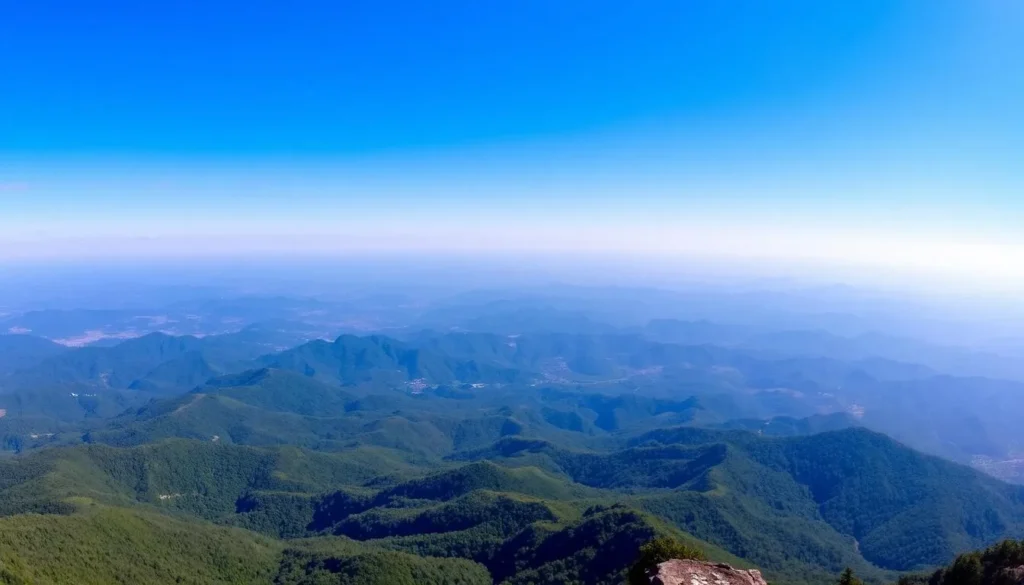
While reaching the summit of Dumlong is the primary goal for most visitors, the region offers several other rewarding experiences worth exploring.
1. Summit Dumlong Peak
The highlight of any visit is reaching the 3,316-foot summit of Dumlong Peak. The final ascent takes approximately 2-3 hours from the base and rewards trekkers with panoramic views of the surrounding Rentlang Range and, on clear days, glimpses of neighboring peaks like Maithaizama. The summit area is relatively small but offers enough space to rest and take in the breathtaking scenery.
2. Explore Indigenous Villages
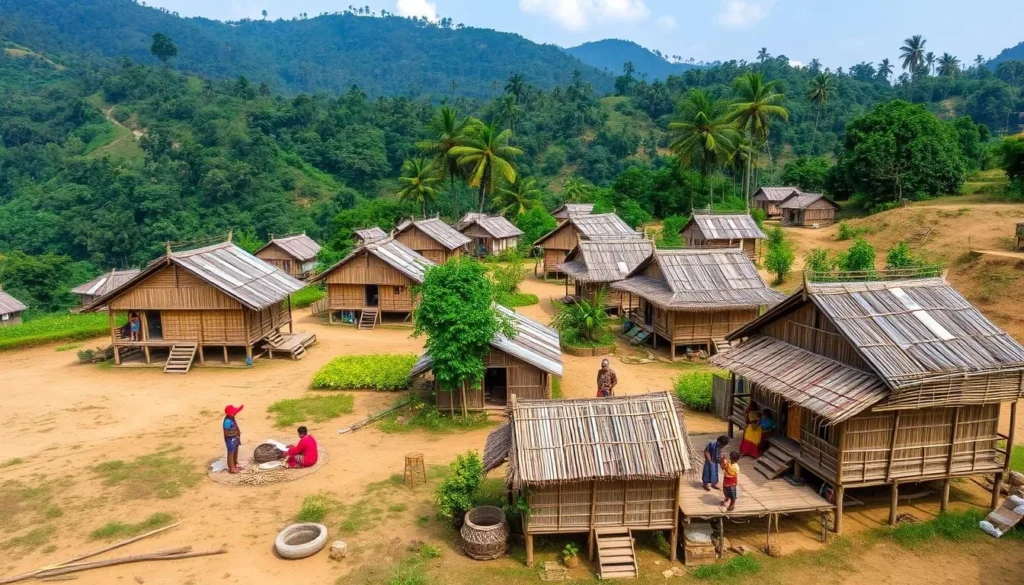
The trails to Dumlong pass through several indigenous villages inhabited by Marma, Tripura, and other ethnic communities. These villages offer a glimpse into traditional lifestyles that have remained largely unchanged for generations. With permission and respect, visitors can observe traditional architecture, farming practices, and sometimes cultural performances or craft demonstrations.
3. Birdwatching and Wildlife Spotting
The forests around Dumlong Range are home to diverse bird species, including hornbills, barbets, and various raptors. Early mornings are ideal for birdwatching along the trails. Lucky trekkers might also spot wildlife such as barking deer (Indian muntjac), wild boars, and various primates. Bring binoculars and move quietly for the best wildlife viewing opportunities.
4. Photography
The diverse landscapes of Dumlong Range offer exceptional photography opportunities. From misty morning valleys to dramatic mountain vistas, vibrant tribal villages to dense bamboo forests, photographers will find endless subjects to capture. The golden hours of early morning and late afternoon provide the most dramatic lighting conditions.
5. Visit Nearby Attractions
- Maithaizama Hill: If taking the Ruma Bazar route, you’ll pass by this significant peak, which offers its own impressive views.
- Kaptai Lake: Before or after your trek, consider exploring the vast Kaptai Lake, Bangladesh’s largest man-made lake.
- Tribal Markets: Weekly markets in towns like Bilaichhari and Ruma offer opportunities to experience local commerce and culture.
Experience the Best of Dumlong Range
Book guided tours and activities to make the most of your visit.
Practical Tips for Visiting Dumlong Range
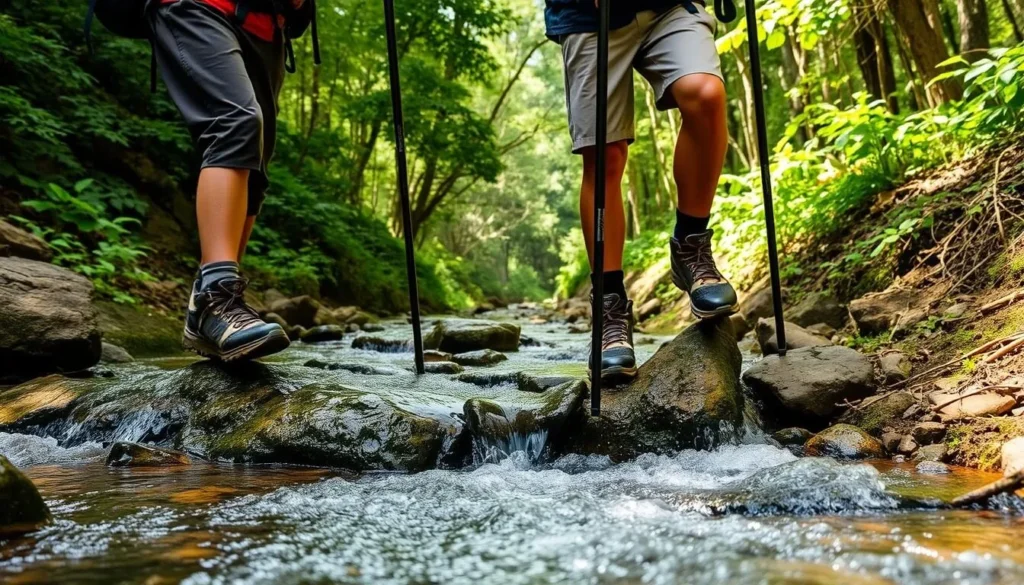
Guides and Porters
Hiring a local guide is essential for trekking to Dumlong Range. Not only do guides know the trails intimately, but they also facilitate interactions with local communities and help navigate permit requirements. Expect to pay 1500-2500 BDT ($15-25) per day for an experienced guide. Porters can also be hired to carry heavy equipment for approximately 1000-1500 BDT ($10-15) per day.
Health and Safety
- Medical Facilities: There are no medical facilities along the trekking routes. Bring a comprehensive first aid kit and any personal medications.
- Water: Treat all water from natural sources using purification tablets, filters, or by boiling.
- Insects: The region has mosquitoes and other insects that can transmit diseases. Use repellent and consider antimalarial medication if advised by your doctor.
- Emergency Contact: Cell phone coverage is limited in the mountains. Consider renting a satellite phone for emergencies if trekking during off-season.
Communication and Connectivity
Mobile network coverage is available in Rangamati and Bandarban towns but becomes increasingly limited as you venture into the mountains. Major Bangladeshi operators like Grameenphone and Robi have the best coverage in the region. Consider downloading offline maps and essential information before starting your trek.
Money and Costs
There are no ATMs or banking facilities beyond the main towns. Carry sufficient cash in Bangladeshi Taka for your entire trek, including extra for emergencies. A 4-5 day trek to Dumlong Range typically costs 15,000-25,000 BDT ($150-250) per person, including guide fees, basic accommodation, meals, and transportation from the base town.
Important: The Chittagong Hill Tracts region occasionally experiences security concerns. Always check the latest travel advisories and follow the guidance of local authorities and your guide.
Travel with Peace of Mind
Arrange transportation and logistics for your Dumlong Range adventure.
Cultural Etiquette
The Chittagong Hill Tracts region is home to diverse indigenous communities with distinct cultures, traditions, and customs. Respectful behavior is essential when trekking through these areas.
Respecting Local Communities
- Always ask permission before photographing people or entering villages
- Remove shoes when entering homes or religious buildings
- Dress modestly, covering shoulders and knees (especially important for women)
- Accept offered food or drink when possible, as refusal may be considered impolite
- Learn a few basic greetings in local languages (Marma, Tripura, or Chakma)
- Respect religious sites and ceremonies
Sustainable Trekking
The fragile ecosystem of Dumlong Range deserves protection. Practice Leave No Trace principles by packing out all trash, staying on established trails, minimizing campfire impact, and respecting wildlife. Consider bringing a small bag to collect any litter you find along the trails.
“When you visit our villages and mountains, you become our guests. We welcome those who come with respect for our land and our ways.”
Supporting local economies by hiring local guides, staying in village homestays, and purchasing locally-made crafts or produce helps ensure that tourism benefits the communities who serve as stewards of these beautiful landscapes.
Conclusion: Is Dumlong Range Worth Visiting?
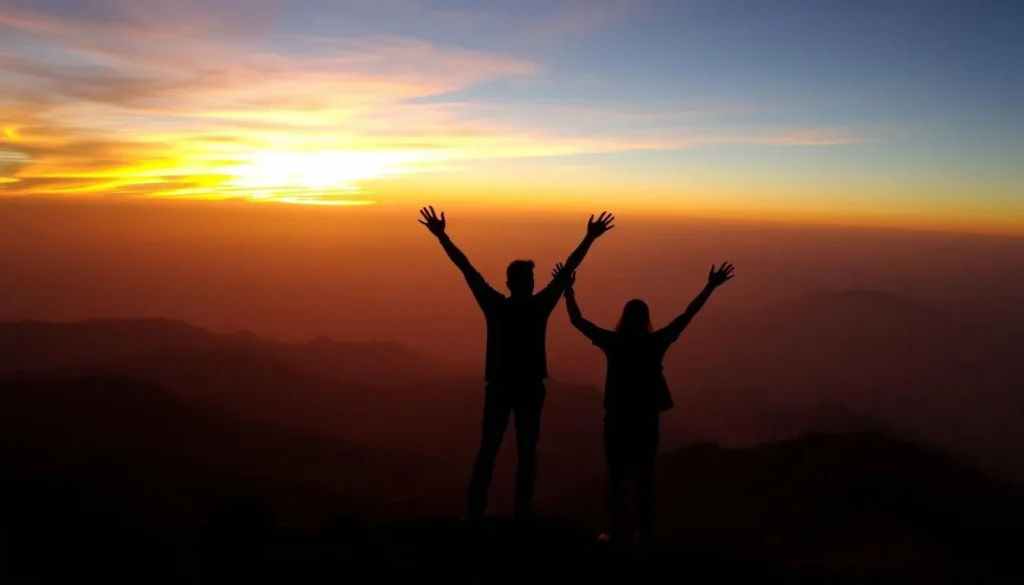
Dumlong Range offers an authentic adventure experience that’s increasingly rare in our interconnected world. The combination of challenging trekking, pristine natural environments, and meaningful cultural encounters makes it a truly special destination for those willing to venture off the beaten path.
While not for the faint-hearted or unprepared, the journey to Dumlong rewards visitors with experiences that go far beyond typical tourism. The sense of accomplishment upon reaching the summit, the warm hospitality of local communities, and the untouched beauty of the landscapes create memories that last a lifetime.
For travelers seeking to experience Bangladesh beyond the usual tourist sites, Dumlong Range represents one of the country’s hidden treasures – a place where adventure, nature, and culture converge in perfect harmony.
Ready to Conquer Dumlong Range?
Start planning your adventure today with our comprehensive travel services.
The above is subject to change.
Check back often to TRAVEL.COM for the latest travel tips and deals.

